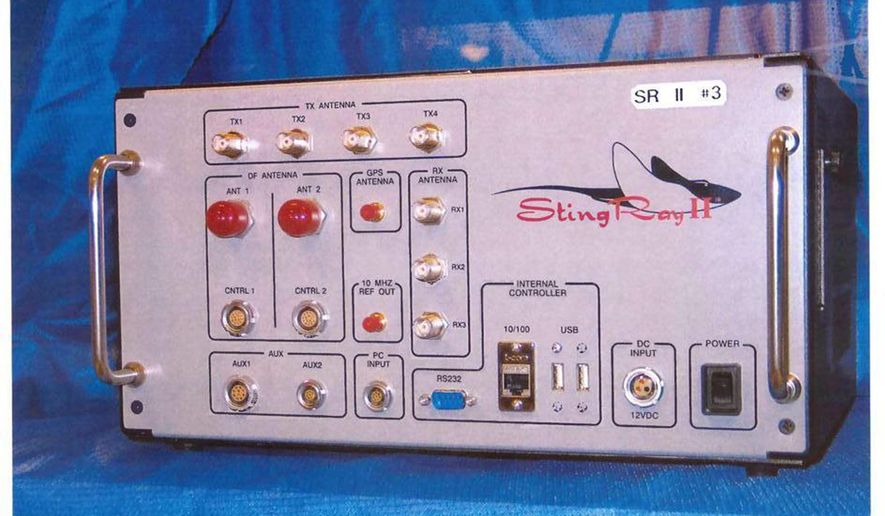New regulations issued by the Justice Department will now require federal law enforcement to obtain warrants before deploying secret cellphone tracking systems in most cases.
At issue is the use of technology, often known as Stingrays, that mimics a cellphone tower in order to connect to a cellphone and obtain data about the location of the device.
Law enforcement in possession of the cell-site simulators have in the past worked to keep use of the devices secret, so the issuance of guidance by the DOJ comes as a major change in policy.
The new regulations however, will only apply to federal agencies under the DOJ, not to state and local police departments that also use the equipment.
The seven-page memo, issued Thursday by Deputy Attorney General Sally Yates, makes clear that federal law enforcement will be required to obtain a search warrant supported by probably cause before using the devices. There will be exceptions to the new rules — in “exigent circumstances” and emergencies such as while in pursuit of a fleeing felon or in order to protect human life.
The new rules also require that when cell-site simulators are used to locate a cellphone, agencies must delete data about the phone as soon as it is located. It also states that any data contained on a cellphone that is pinged by the simulator “such as emails, texts, contact lists and images, may not be collected using this technology.”
Though law enforcement may target one specific suspect when it uses the technology, data from cellphones within the general vicinity may also be scooped up in the process — creating concern for privacy advocates.
“This new policy ensures our protocols for this technology are consistent, well-managed and respectful of individuals’ privacy and civil liberties,” said Ms. Yates in a statement on the policy.
Law enforcement officials across the country have in the past gone to great lengths to try and conceal use of cell-site simulators, occasionally dropping criminal charges against defendants rather than reveal how information about them was obtained.
It’s unclear how widely the technology is being used.
In February, the ACLU published a report naming 53 local law enforcement agencies in 21 states and the District that own stingrays. However, due to the secretive nature of the technology’s use, officials say that number “dramatically underrepresents the actual use of stingrays by law enforcement agencies nationwide.”
• Andrea Noble can be reached at anoble@washingtontimes.com.




Please read our comment policy before commenting.